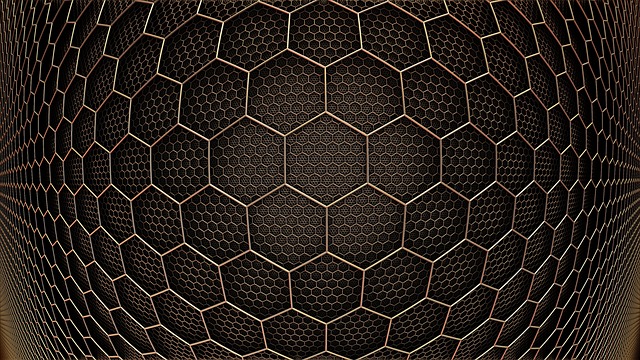
Through an experiment that was originally meant to create and patent carbon soot aerosol gels, researchers from the Kansas State University led by Professor Chris Sorensen accidentally created something else. And it’s way better than what they were hoping for. Instead of carbon soot aerosol gels, they were able to create graphene — the elusive wonder material that scientists have been struggling to get a better grasp of since it was first discovered in 2004.
Graphene is basically a single-atom graphite layer. While it is made of the same atoms as elemental carbon, what makes this exciting material in the world of materials science unique is the arrangement of the atoms — packed densely and arranged in a hexagonal pattern referred to as a benzene ring.
When isolated from graphite, graphene — the first 2D material ever discovered — exhibits incredibly amazing properties. It’s super-strong (over 100 times stronger than steel); super-flexible; super-conductive (conducts heat around 10 times better than copper); super-durable; transparent and almost impenetrable even though it is super-thin. With these features, graphene’s potential applications extend to more than just portable electronics (smartphones and tablets possibly with bendable screens and longer battery life) and wearable devices. Graphene is also being envisioned for use in the fields of biomechanics and medicine.
Presently, graphene production methods involve special catalysts, tremendous amounts of energy, industrial-scale equipment and some potentially hazardous chemicals — all that just to produce a meager amount (in milligrams). With the newly discovered method, the ingredients are simple; the process is simple; and the resulting yield is a higher amount of graphene — in grams instead of milligrams. And because many labs all over the world are already experimenting with graphene, with the possibility that more of it can now be made minus the stiff cost and complexities currently associated with it, there’s bright hope on the horizon that we might be able to see actual applications of graphene sooner instead of later.
The method (now patented), involves filling a 17-liter aluminum container with oxygen and a hydrocarbon (either acetylene or ethylene gas). A spark plug (from any kind of vehicle) is then used to cause a detonation within the chamber, and the resulting product is graphene.
In a statement they issued, Professor Sorensen admits it was a stroke of ‘serendipity’ and that ‘they got lucky’. The soot that resulted from detonating the gases looked like ‘black angel food cake’. And it was only when they examined the material closely that they found out it was composed of graphene.
The researchers are now working on refining their discovery — from improving the yield and quality of the graphene produced, to developing equipment that can collect graphene faster (in seconds rather than minutes), to scaling up the process for industrial purposes.
- Bulenox: Get 45% to 91% OFF ... Use Discount Code: UNO
- Risk Our Money Not Yours | Get 50% to 90% OFF ... Use Discount Code: MMBVBKSM
Disclaimer: This page contains affiliate links. If you choose to make a purchase after clicking a link, we may receive a commission at no additional cost to you. Thank you for your support!

Leave a Reply